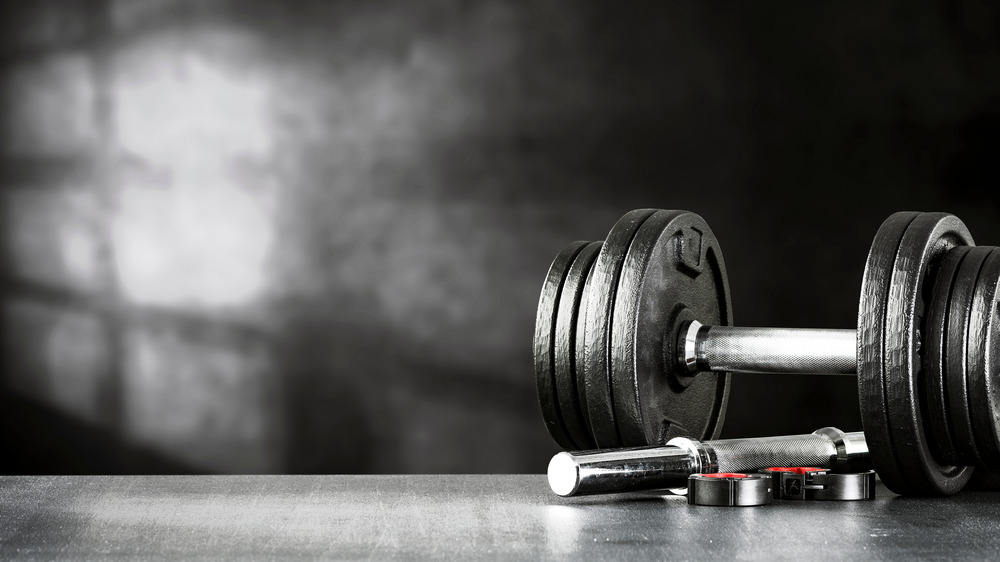
High-intensity interval training (HIIT) has become a popular workout method in recent years. HIIT involves alternating short bursts of high-intensity exercise with periods of rest. There is no one-size-fits-all answer to the question of how long HIIT intervals should be. The length of your intervals will depend on your fitness level, the type of exercise you are doing, and your goals. If you are new to HIIT, start with shorter intervals and gradually increase the length as you become more comfortable with the workout. A good rule of thumb is to start with 30-second intervals and work your way up to 60-second intervals. Once you have a good understanding of HIIT and how your body responds to it, you can experiment with longer intervals. Some people find that they can handle 90-second intervals, while others may need to stick with 60-second intervals. The important thing is to listen to your body and find what works for you. HIIT is a great way to get a quick and effective workout, so don't be afraid to experiment with different interval lengths to find what works best for you.
When it comes to HIIT workouts, a new study has found that 60-second intervals are the way to go if you're looking to maximize your results. HIIT, or high-intensity interval training, is a type of exercise that alternates between short bursts of intensive activity and periods of rest or recovery. This type of workout has been shown to be incredibly effective in terms of burning calories and improving cardiovascular health. The new study, which was published in the Journal of Sports Medicine and Physical Fitness, looked at a group of 26 men who were all relatively fit. The men were divided into two groups, with one group doing HIIT workouts that consisted of 30-second intervals, and the other group doing HIIT workouts with 60-second intervals. After eight weeks of training, the researchers found that the group doing HIIT with 60-second intervals had significantly lower levels of body fat than the group doing HIIT with 30-second intervals. In addition, the group doing HIIT with 60-second intervals also had better VO2 max scores, which is a measure of cardiovascular fitness. So, if you're looking to maximize your HIIT workout, the new study suggests that 60-second intervals are the way to go. However, it's important to keep in mind that HIIT is a very intense type of exercise, so be sure to consult with your doctor before starting any HIIT program.

If you're like most people, you probably think that the best way to get in shape is to do a combination of cardio and weight training. However, you may be wondering which one you should do first. Here's the thing: both cardio and weights are important for different reasons. Cardio is great for your heart health and burning calories, while weights help to build muscle and improve your overall strength. So, which one should you do first? It really depends on your goals. If you're looking to lose weight, then you should probably start with cardio. But if you're wanting to build muscle and get stronger, then weights should be your first choice. Of course, you don't have to choose one or the other. You can (and should) do both cardio and weights in your workout routine. But if you're stuck on which one to do first, just think about your goals and go from there.
If you've ever gone to the gym and found yourself standing in front of the dumbbells or weight machines unsure of what to do next, you're not alone. It can be tough to know whether to start your workout with cardio or weights. Does it really matter which one you do first? The answer is yes! It turns out that the order in which you do your exercises can make a big difference in your results. If you want to get the most out of your workout, you should always start with weights before doing any cardio. Here's why: when you lift weights, you cause tiny microtears in your muscles. These tears are actually a good thing, because they signal to your body that it needs to rebuild the muscle stronger than before. But in order to do that, your body needs energy. Where does that energy come from? From the food you've eaten recently. So if you've just downed a big plate of pasta or a burger and fries, your body is going to use that energy to repair your muscles instead of using it to power your cardio workout. But if you start your workout with some cardio to get your heart rate up and get yourself sweating, you'll be burning off some of that energy before you start lifting weights. That means your body will have to tap into its stored energy reserves, which are in your muscles and your liver, in order to repair your muscles. This is a good thing! When your body has to access those stored energy reserves, it causes what's known as " metabolic stress." Metabolic stress is a key driver of muscle growth, so by starting your workout with some cardio, you're actually setting yourself up for better results. So next time you head to the gym, remember to start with some cardio before hitting the weights. Your muscles will thank you!